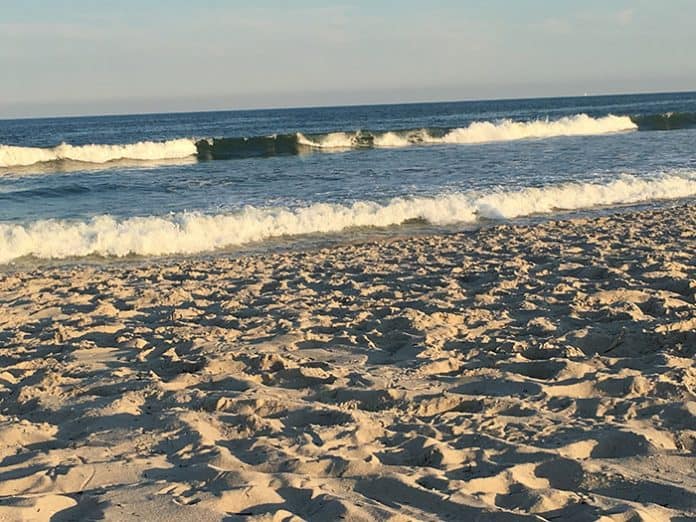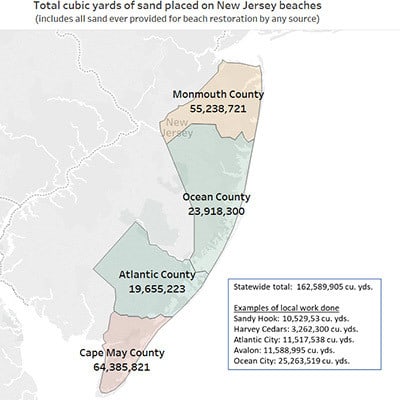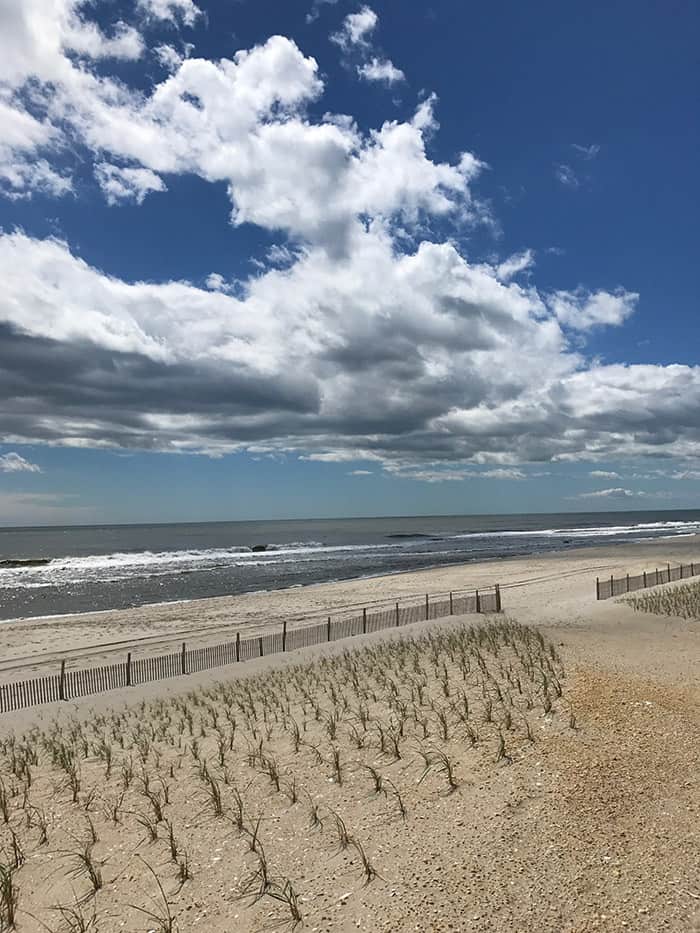
NEW JERSEY – There were delays due to weather and litigation, but the dune projects in Mantoloking are complete, or near complete, and the Army Corps of Engineers (USACE) will be in Ortley Beach by August, officials said.
It’s part of a 14-mile project, stretching from Point Pleasant Beach to Island Beach State Park, one of the largest beach-fill projects of dune and berm systems. While that work won’t completely eliminate potential hurricane damage, it will reduce it greatly, as far as direct ocean damage. Mitigating back bay flooding is a challenge that still needs addressing.

If Superstorm Sandy hit today, exactly how it hit in 2012, the outcome where the work is complete would be different. Mantoloking had the ocean attacking its homes directly, causing those homes to collapse. The back-bay flooding, which occurred in surrounding areas, flooded homes but didn’t knock them down.
“In the areas that it’s complete, like Mantoloking where that breach occurred, that was one of the first jobs we did…that [breach] won’t occur in those areas,” USACE Project Manager, Philadelphia, Keith Watson said. “Again, these are storm damage reduction projects. So, I can confidently say the damages in Mantoloking would be greatly reduced from what occurred during Sandy if the same storm hit there again…Our projects take care of more energetic damages from the ocean side. There’s other studies going on now on a regional basis about what can be done to reduce bay flooding.”
Ortley Beach, which had no dunes and “was probably one of the most vulnerable beaches,” also devastated by Sandy, will be in a similarly more-protected state as is Mantoloking now. The project should be completed there by the end of the year, Watson said.
(The work would likely have been completed before the summer shore season if not for the lawsuits, Watson had to add.)

Watson was one of three guests to speak at Stockton University’s “Jersey Shore Beach Report” down in Atlantic City recently. Dr. Stewart Farrell, executive director of the Coastal Research Center at Stockton University, and David Rosenblatt, assistant commissioner of construction and engineering for the New Jersey Department of Environmental Protection, also spoke during a moderated talk by Dr. Michael Klein, the interim executive director of Stockton’s Hughes Center.
“The challenge now is to meet expectations for the future,” Rosenblatt said. “We will also be focused more on the back bay and how to address concerns there.” The goal is to plan regionally and get away from “spot to spot” projects.

The New Jersey Beaches by the Numbers, provided by USACE, Stockton Coastal Research Center, and N.J. Division of Tourism and Travel:
- 162,589,905 cubic yards of sand that have been placed on New Jersey beaches. (Based on available data)
- $1,239,668,278: the estimated cost of beach replenishment in New Jersey to date. All but about $53 million has been spent since Hurricane Gloria in 1985.
- 106: the number of beach locations that are surveyed twice a year as part of the New Jersey Beach Profile Network.
- 97: the number of miles of developed coastline in New Jersey.
- 30: miles of natural shoreline remaining in New Jersey.
- 75 percent of federal beach restoration project costs paid by local municipal governments.
- 65 percent of federal beach restoration project costs paid by the federal government.
- 100 percent of Superstorm Sandy-specific beach restoration paid by the federal government following passage of the Sandy Recovery Improvement Act on Jan. 29, 2013.
- $20.6 billion: the amount generated by tourism in the four shore counties (Atlantic, Cape May, Ocean and Monmouth) in 2017, 48 percent of the total $43 billion in the state.






